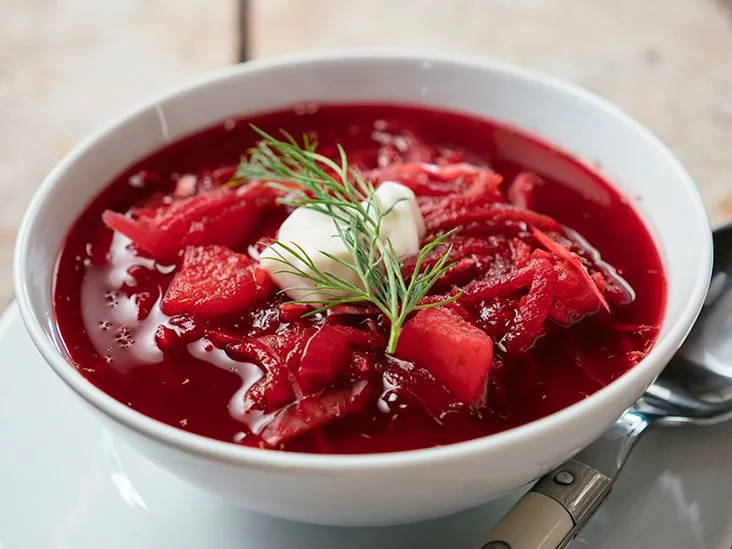Do Certain Foods Cause Blood in Stool? Separating Fact from Fiction

Do Certain Foods Really Cause Blood in Stool? Separating Myth from Science
Discovering red or maroon-colored stool can be really unsettling. Before panicking, it's a good idea to think about your recent meals. Sometimes, the color change is simply due to the natural pigments in certain foods rather than an underlying health issue.
Foods That Can Alter Stool Color
Have you ever wondered why your poop might look red even though nothing seems wrong? It all comes down to what you eat. Our stool is made up of water, bile (a digestive fluid from the gallbladder), and bits of undigested foods like carbohydrates, fats, and proteins. If you consume a lot of red-hued foods, the natural or added pigments might leave a red tint in your stool.
- Beets: They contain betalains, natural pigments that might not fully break down. This can lead to a pink, red, or even maroon tint in your stool. Interestingly, some people also experience "beeturia," where even urine turns red!
- Jell-O and Red Food Dye: Many processed foods and candies contain artificial dyes like Red 40, which can stain your stool temporarily.
- Tomatoes and Watermelon: Rich in lycopene—a pigment that may appear in your stool if consumed in large amounts, especially in juice or soup form.
- Red Peppers: These are fibrous and sometimes their skin can be seen in your stool, giving it a red appearance.
Remember, these natural color changes are usually harmless and should fade within a few days as your system processes and expels these pigments.
When Food Might Be the Culprit for Actual Bleeding
Though most color changes come from harmless food pigments, there are situations where food might indirectly be linked to bleeding. For instance, spicy foods like chili peppers contain capsaicin. If capsaicin speeds up your digestive system too much, it may lead to diarrhea and even cause slight tears (anal fissures) from excessive wiping. This bleeding is usually visible on toilet paper or around the stool, rather than mixed in.
Also, recall that foodborne illnesses from undercooked meat or poultry can lead to bloody diarrhea due to bacteria like Salmonella or E. coli. In these cases, the focus should be on managing symptoms and, if needed, getting medical treatment.
When to Consult a Doctor
If you’ve noticed blood in your stool and it isn’t linked to your recent red-colored meals, it’s important to take it seriously. Conditions like hemorrhoids, Crohn’s disease, ulcerative colitis, and even colon cancer can cause blood to appear in or around your stool. Ask yourself: “Is this a one-time occurrence or am I experiencing other symptoms like abdominal pain, fever, or unexpected weight loss?”
Don’t hesitate to talk with a healthcare professional for a proper diagnosis if you’re uncertain—it’s always better to be safe.
The Bottom Line
In most cases, red or maroon stool is simply due to the natural pigments in certain foods, like beets, tomatoes, or processed red food dyes. True bleeding from the gastrointestinal tract is usually linked to medical conditions or severe foodborne illnesses. So, while a red tint on your stool might be alarming at first glance, consider your recent meals before you worry. If in doubt, reach out to your doctor to rule out any serious issues.
Practical Tip: Keep a food diary if you notice changes in your stool color. It might help you—and your doctor—identify any food-related patterns.
Stay curious and proactive about your health. Have you ever experienced unexpected changes after certain meals? Share your thoughts or ask your healthcare provider for more insights!